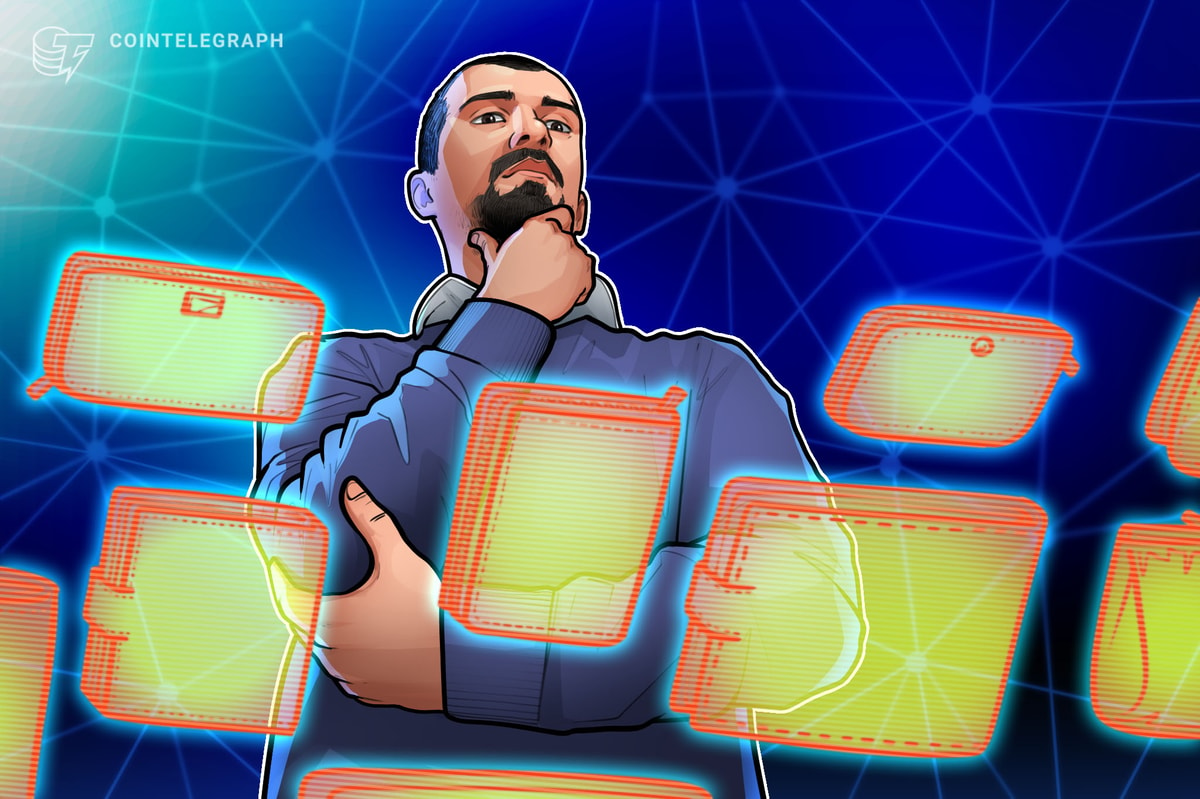Matter Labs, the team behind zkSync Era, has launched an open-source framework for building zk-rollups and layer-3s called the “ZK Stack.”
This framework will enable developers to create independent “hyperchains” powered by zero-knowledge proofs, which can seamlessly connect in a trustless network, boasting low latency and shared liquidity.
ZkSync Unveils ‘ZK Stack’
The ZK Stack is built on the code of zkSync Era – the first Ethereum Virtual Machine (EVM)-compatible ZK rollup – and offers sovereignty with seamless connectivity.
This means that creators have full rights to the code and can customize and shape every aspect of the chain, while a network of Hyperbridges facilitates the interconnection of every Hyperchain, enabling trustless, fast, and cheap interoperability.
According to the announcement, the ZK Stack is a significant paradigm shift for the zkSync core team, who have been laser-focused on building the most advanced ZK technology as fast as possible.
The ZK Stack is a response to the challenges outlined in the ZK Credo, and Matter Labs believes that it is crucial to build the right architecture from the very beginning to harness the full potential of ZK’s superpowers.
The ZK Stack is free, developed under fully permissive MIT/Apache open-source licenses, and is designed to be modular.
Furthermore, developers can customize and shape every aspect of their Hyperchain, from the choice of sequencer and data availability mode to defining their tokenomics. The ZK Stack is battle-tested, with the zkSync Era standing as the most widely adopted ZK rollup on Ethereum, ensuring security and reliability.
While the ZK Stack isn’t intended for everyone, developers who require tailored customization for their chain or are comfortable with asynchronous connectivity to the broader ecosystem will find it useful.
For instance, those building a game or a social network that requires a lightweight sequencer unburdened by other decentralized applications (dapps) and use cases. Banks or enterprises seeking a closed private chain while remaining interconnected with the rest of the ecosystem.
Overall, the ZK Stack is a comprehensive framework that offers developers unparalleled flexibility, customization, and scalability. Its modular and composable architecture enables developers to build custom ZK-powered L2s and L3s based on the code of zkSync Era, which is battle-tested and considered one of the most widely adopted ZK rollups on Ethereum.
Battle Of The ChainsZkSync and Optimism are both Layer 2 scaling solutions for Ethereum that use optimistic rollup technology to increase transaction throughput and reduce fees. However, there are some differences between the two that set them apart.
One of the main differences is the approach they take to fraud proofs. Optimism uses fraud proofs, which are essentially challenges to the data that has been submitted to the rollup, to ensure that the system remains secure. Fraud proofs require a significant amount of computation and can lead to longer wait times for users.
In contrast, ZkSync uses zero-knowledge proofs to ensure the validity of the data submitted to the rollup, which allows for faster transaction times and lower fees. ZkSync’s use of zero-knowledge proofs also allows it to support privacy-preserving transactions, which Optimism does not currently offer.
Another difference between the two is their interoperability with the Ethereum network. Optimism requires users to wait for a week for their funds to be withdrawn from the rollup, while ZkSync allows withdrawals to be made instantly. This makes ZkSync more suitable for use cases that require near-instant liquidity, such as trading.
In terms of adoption, both platforms are gaining traction, with ZkSync being used by several well-known projects like Gitcoin, Loopring, and Immutable X, while Optimism has been adopted by Uniswap, Synthetix, and other popular DeFi protocols.
Featured image from Unsplash, chart from TradingView.com










